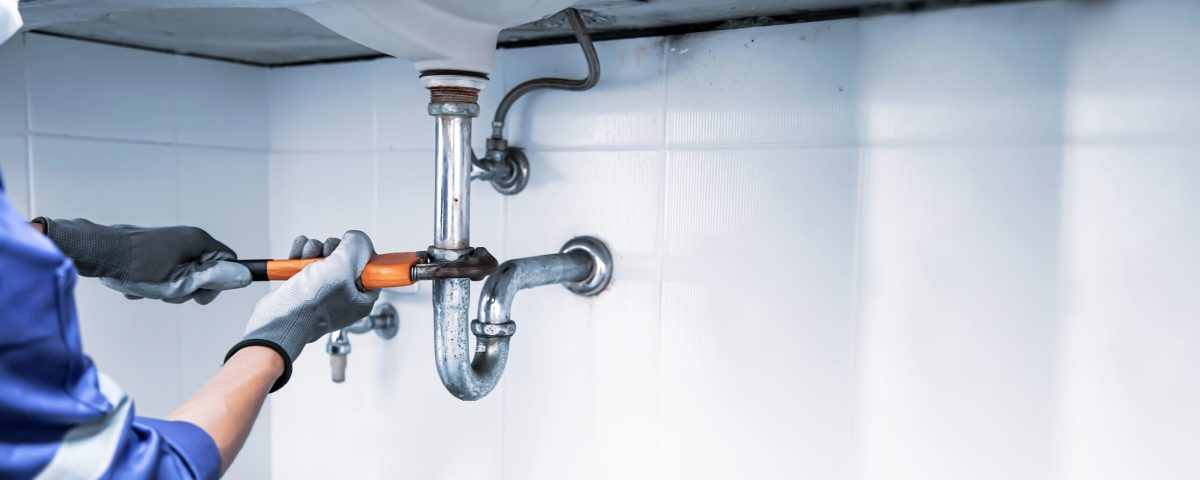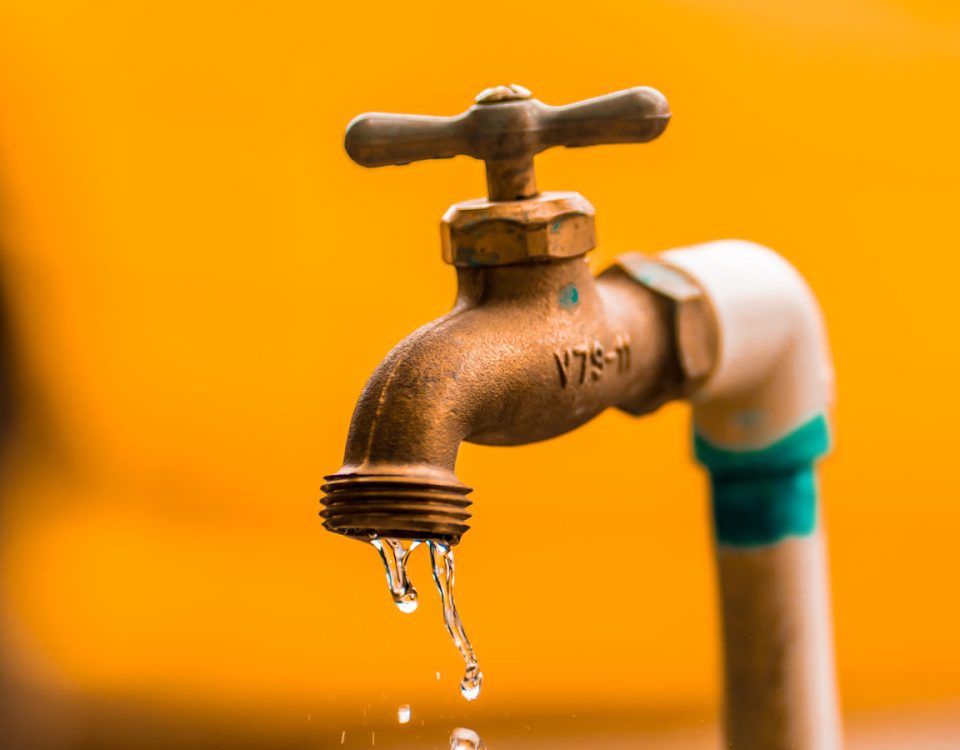How to Ensure Your Plumbing System is Working Properly

Effective Methods for Cleaning a Clogged Drain
February 28, 2025
Detecting Hidden Water Leaks in Your Home
March 17, 2025Introduction
A well-maintained plumbing system is essential for a functional and efficient home. Regular inspections and maintenance can help prevent costly repairs, water damage, and health hazards caused by leaks, clogs, or poor water quality. By following key steps to check for issues and ensure optimal performance, homeowners can keep their plumbing systems running smoothly.
1. Check for Leaks
To ensure a properly functioning plumbing system, start by checking for leaks. Inspect pipes, faucets, and joints for any signs of water leakage, and look for water stains on walls or ceilings that may indicate hidden leaks. A simple way to detect leaks is by using a water meter test—turn off all water sources and observe whether the meter still moves, which would suggest a leak.
2. Test Water Pressure
Next, test the water pressure to ensure it falls within the optimal range of 40-60 PSI. Low water pressure can be caused by clogged pipes, leaks, or main supply issues. Using a pressure gauge can help determine if adjustments are needed. If the pressure is too high, installing a pressure regulator can prevent potential pipe damage.
3. Inspect Drainage & Venting
Inspecting drainage and venting is crucial for a well-functioning system. Water should drain quickly from sinks, showers, and toilets. Slow drainage often indicates clogs, which can be cleared using a plunger or drain snake. Additionally, listen for gurgling sounds, as they may signal venting issues that need attention.
4. Check Water Quality
Water quality should also be monitored regularly. Look for discoloration, unusual odors, or changes in taste. Rusty or brown water could be a sign of corroded pipes, which may need replacement. If necessary, installing water filters or softeners can help improve water quality.
5. Test Water Heater
Another important step is testing the water heater to ensure it provides hot water efficiently. Check for leaks around the heater and flush the tank annually to remove sediment buildup, which can affect performance.
6. Inspect Toilet Functionality
To maintain toilet functionality, make sure toilets flush properly without continuously running. A simple test involves adding food coloring to the tank—if the color appears in the bowl without flushing, there's a leak that needs fixing. Checking the fill valve and flapper regularly can also prevent water waste.
7. Look for Signs of Pipe Damage
Additionally, inspect exposed pipes for signs of damage, such as corrosion, cracks, or unusual noises like banging, also known as water hammer. If necessary, insulating the pipes can help minimize these issues.
8. Prevent Freezing in Cold Climates
In colder climates, preventing freezing is essential to avoid pipe bursts. Insulating pipes and keeping faucets slightly open during extreme cold can prevent freezing and costly repairs.
9. Conduct Regular Professional Inspections
Lastly, conducting regular professional inspections is highly recommended. A licensed plumber can perform a thorough system check at least once a year, using advanced tools like video pipe inspection to detect hidden problems before they escalate.
Conclusion
Maintaining a plumbing system requires routine checks and preventive measures to avoid costly repairs and potential water damage. By following these steps and scheduling regular professional inspections, homeowners can ensure a reliable and efficient plumbing system that meets their household’s needs. Proper maintenance not only extends the lifespan of plumbing fixtures but also provides peace of mind, knowing that water supply and drainage are functioning optimally. Contact us to know more.


